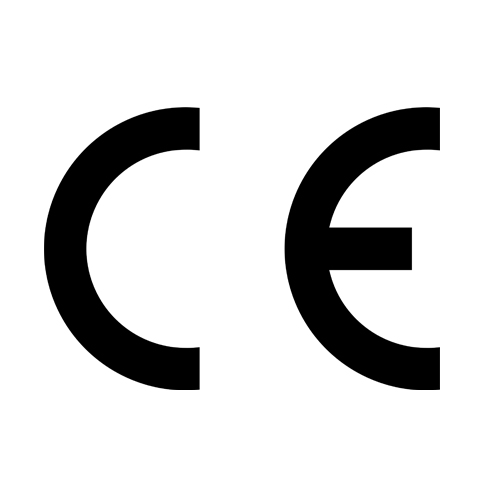The global market for Smart Lighting and Control Systems estimated at US$40.5 Billion in the year 2022, is projected to reach a revised size of US$78.8 Billion by 2026, growing at a CAGR of 14.7%.
Light Emitting Diodes (LEDs) is projected to record a 17.7% CAGR and reach US$67.5 Billion by the end of the analysis period.
After a thorough analysis of the business implications of the pandemic and its induced economic crisis, growth in the Fluorescent Lamps segment is readjusted to a revised 6.1% CAGR for the next 7-year period. Market growth is dominated by light emitting diodes (LED) segment, due to its widespread and expanding use in various lighting applications. The LED segment benefits from features such as high energy savings and low carbon emissions. The decline in cost of LEDs and their superior performance are making them highly popular and augmenting their adoption.
The Smart Lighting and Control Systems market in the U.S. is estimated at US$9.8 Billion in the year 2022. China, the world’s second largest economy, is forecast to reach a projected market size of US$11.8 Billion by the year 2026 trailing a CAGR of 18.4% over the analysis period. Among the other noteworthy geographic markets are Japan and Canada, each forecast to grow at 12.6% and 13.6% respectively over the analysis period.
Within Europe, Germany is forecast to grow at approximately 13.3% CAGR. Developed economies of North America and Europe lead the market growth, led by government support and rising implementation of advanced LED lighting solutions. Rising awareness about energy conservation constitutes a key factor fueling adoption of smart lighting systems in developed economies. Rapid pace of industrialization and the need for energy optimized infrastructure in residential and commercial sectors will boost market prospects in developing economies.









